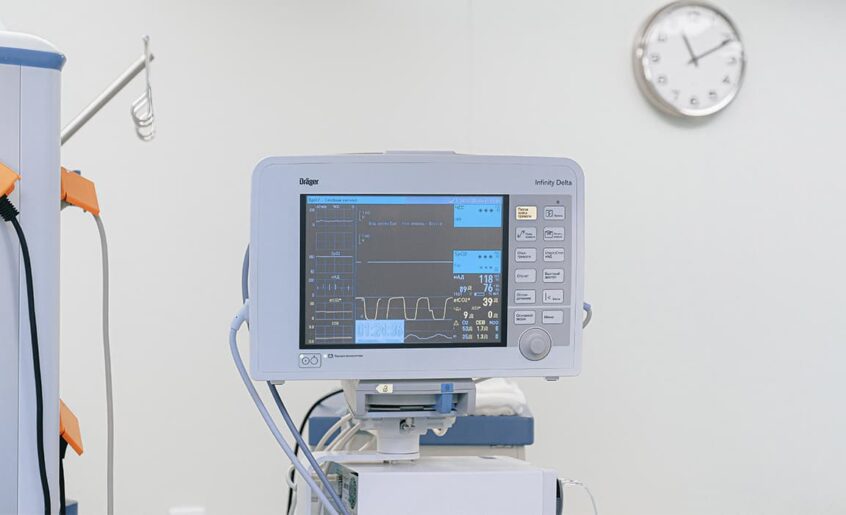The introduction of IT in healthcare began relatively recently, with the emergence of the first medical information systems (MIS). Digitization of materials was and still is the most popular technology. Paper charts, prescriptions, “coupons”, cardiograms, scans – everything went into electronic form.
The information obtained had to be structured in such a way that it could be handled by anyone who needed it. Databases and database management tools (DBMS) appeared – the interface linking the data operator (user) and his functions with the database.
The accumulation of large amounts of data and the ability to isolate and verify the relationships between them – for example, between the nature of the disease and medication prescription – made it possible to apply decision support systems in medicine. These same conditions make the development of expert systems, artificial intelligence, and machine learning possible.
Applied IT solutions in medicine
In addition to the information component, IT is also about the speed of transmission of digital materials in any geographic location. This is the basis for the use of telemedicine systems, a complex of audio-visual equipment which is popular today and which can organize real-time reception even when a doctor and a patient are separated by long distances.
The development of technology is largely determined by its cost. The more expensive a technical solution is, the narrower the range of its application. Therefore, when innovations enter the broad market, there is a real boom in their use. Previously, personal monitoring of vital indicators of the human body, such as heart rate (HR) and blood pressure (BP), was carried out only at the time of going to the doctor or independently – with prolonged physical discomfort. Now the blood pressure monitor and heart rate monitor are built into virtually every smart watch model, and with the help of accompanying applications, it is possible to track the dynamics of these indicators over the entire time the device is worn and under different loads.
Of course, now such know-how is used mostly for personal monitoring, but the day is not far off when all the collected indicators will be automatically uploaded to a personal cloud-based health record, analyzed by the system’s smart algorithms, detecting abnormalities in heart and vascular function and signaling them – all without direct human intervention.
However, something similar is already happening, but within medical institutions. This phenomenon is called the medical Internet of Things. Sensors monitoring various patient indicators collect and transmit information to central monitoring “nodes” without the participation of medical staff. At the same time, the sensors “understand” which dynamics of the condition are negative and can report this.
Information technologies include instrument and computer complex, modern diagnostic and laboratory equipment. VR/AR technologies have found application in the educational process – on their basis, virtual “simulators” are created for surgical students abroad.
And what awaits us in the future?
Blockchain technology for encrypting medical records and personal data
robot nurses, robot surgeons
A truly individual approach to treatment of each person based on the deciphering of personal genotype.
Application of IT in medicine using the example of MIS qMS
MIS qMS is a medical information system for comprehensive management of healthcare organizations of different scale. What does complex management mean? It is a solution in which all parts of an institution are interconnected into a single network and interact in a mutually coordinated way. The basic tools of MIS qMS are:
electronic registration
personal account of the patient
EMC (electronic medical record of the patient)
appointment sheets and registers
clinic resource schedule
waiting list
hospital
clinical nutrition
pharmacy, drug store
central sterilization department
Introduction of standards of medical care
expertise of temporary disability
Medical care quality management
financial management
Compensation according to the MHI
reporting
Prevention and medical checkups
Tools for medical organization (MO) administrative management.
Let us have a closer look at what information technologies are used in the system’s operation based on the example of some MIS functions.
Electronic registration in MIS qMS
The patient is registered and the information about him/her is entered into the database of the medical institution by filling out a standardized form. The form template is customizable depending on what you need to know: name, date of birth, contact phone number, policy number of compulsory (OMI) or voluntary medical insurance (VMI), special notes, such as drug intolerance, and so on.
If MIS is integrated with related databases, for example, the Territorial Fund for Obligatory Medical Insurance (TFOMI), the policy number can be entered automatically.
